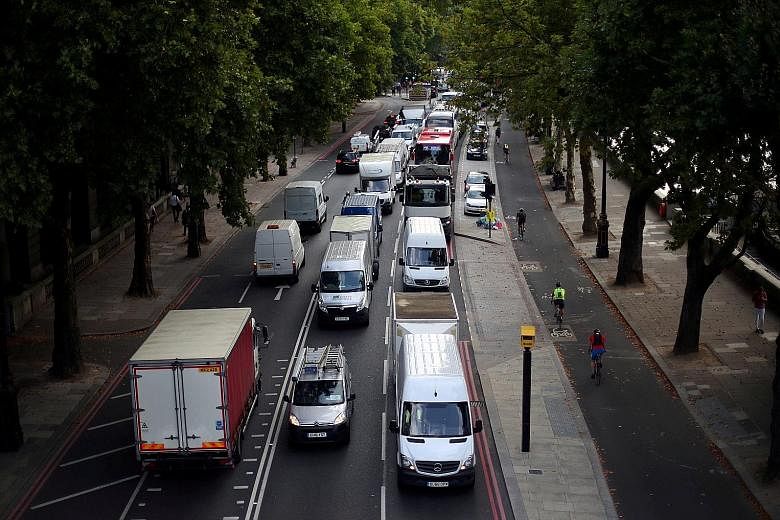LONDON • Four years ago, Ms Sophie Power was walking along Marylebone Road, thinking of the son she was pregnant with at the time. The buses, lorries and cabs clogging the central London thoroughfare make it one of the most polluted places in Britain.
"I wondered how to protect him," she says, pointing to a study that found that children in polluted areas develop stunted lung capacity that is 8 to 10 per cent smaller as a result. "The pollution inevitably has an impact," she says.
Already a subscriber? Log in
Read the full story and more at $9.90/month
Get exclusive reports and insights with more than 500 subscriber-only articles every month
ST One Digital
$9.90/month
No contract
ST app access on 1 mobile device
Unlock these benefits
All subscriber-only content on ST app and straitstimes.com
Easy access any time via ST app on 1 mobile device
E-paper with 2-week archive so you won't miss out on content that matters to you

